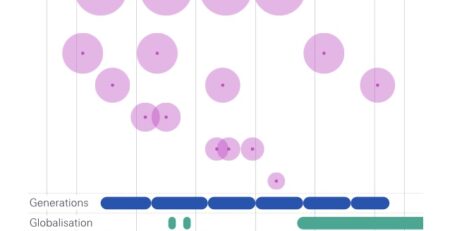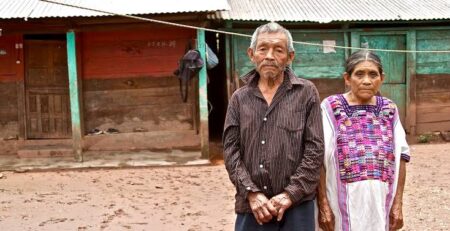Exploring the Risks and Consequences of Elder Fraud Victimization: Evidence from the Health and Retirement Study
By Marguerite DeLiema (Stanford University – Stanford Center on Longevity), Martha Deevy (Stanford University – Stanford Center on Longevity), Annamaria Lusardi (George Washington University – Department of Accountancy; National Bureau of Economic Research (NBER)) & Olivia S. Mitchell (University of Pennsylvania – The Wharton School; National Bureau of Economic Research (NBER))
This is the first study to use longitudinal data to explore both the antecedents and consequences of fraud victimization in the older population. Because older persons are close to or past the peak of their wealth accumulation, they are often the targets of fraud. This paper reports on analysis of the Leave Behind Questionnaires (LBQs) fielded on Health and Retirement Study (HRS) respondents over three survey waves in 2008, 2010, and 2012. We evaluate the demographic determinants and risk factors of reporting financial fraud victimization in the survey, and explore whether there are demographic subgroups of older victims. In addition, we examine the financial, physical and psychological consequences of fraud. Overall results suggest that there is no single reliable predictor of fraud victimization across all three LBQ samples. When LBQ responses were pooled across survey years, we found that younger, male, better-educated, and depressed persons reported being defrauded significantly more often. Victimization was associated with lower nonhousing wealth in the combined sample controlling for other factors, but had no measurable impact on cognitive, psychological, or physical health outcomes. Future research should examine predictors and outcomes based on the type of financial fraud experienced and the amount of money lost.
Source: SSRN










